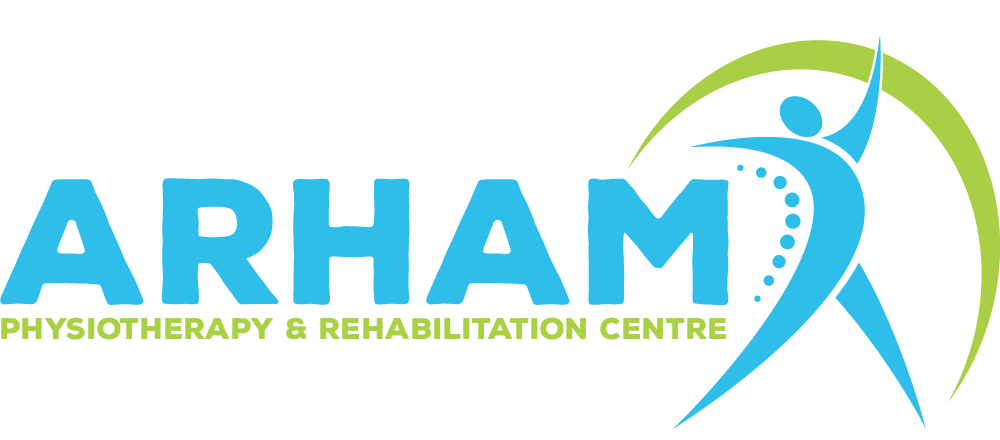Kinesio Taping in Painful Conditions: Muscle torn and Chronic Pain
Muscle tears and chronic pain can be formidable adversaries, hindering mobility and diminishing quality of life. In the pursuit of effective pain management, one innovative approach gaining attention is Kinesio Taping.
This therapeutic technique, born in the realm of sports medicine, has expanded its reach to address various painful conditions, offering a non-invasive and versatile solution. In this blog, we’ll explore the application and benefits of Kinesio Taping in managing muscle tears and chronic pain.
Understanding Kinesio Taping:
Kinesio Taping involves the application of elastic tape to the skin, strategically designed to mimic the properties of human skin. Its unique stretch and recoil characteristics allow for a range of motion while providing support to muscles and joints. Originally developed by Dr. Kenzo Kase, a Japanese chiropractor, the tape is now used worldwide for its therapeutic benefits.
Muscle Tears and Kinesio Taping:
Muscle tears, whether from sports injuries or overexertion, can lead to pain, inflammation, and reduced function. Kinesio Taping comes into play by providing support to the injured muscle, promoting circulation, and reducing swelling. The tape’s elasticity encourages a more natural movement while offering a gentle lift to the skin, facilitating the body’s natural healing processes.
Useful Tip:
For muscle tears, taping is often done in a manner that supports the muscle without restricting its range of motion. The tape is strategically applied to enhance stability and alleviate strain during movement.
Chronic Pain Management with Kinesio Taping:
Chronic pain conditions, such as arthritis or persistent musculoskeletal discomfort, present unique challenges. Kinesio Taping offers a complementary approach to pain management by influencing the sensory input from the affected area. The tape can modulate pain signals, providing relief without the need for excessive medications or invasive procedures.
Useful Tip:
In chronic pain cases, the tape may be applied along specific pathways, targeting pain receptors and promoting a sense of comfort. This method aims to interrupt the pain signals and create a more positive neurological response.
Benefits of Kinesio Taping:
1. Pain Reduction: The tape’s influence on pain receptors can lead to a noticeable reduction in pain perception.
2. Improved Circulation: Kinesio Taping promotes blood and lymphatic flow, supporting the body’s natural healing processes.
3. Enhanced Range of Motion: By providing support without restricting movement, the tape helps improve flexibility and mobility.
4. Non-Invasive: Compared to surgical interventions, Kinesio Taping is a non-invasive option with minimal side effects.
FAQS:
Que: What is kinesio taping, and how does it work in pain management?
Ans: Kinesio taping is a therapeutic technique involving the application of elastic tape to the skin. It mimics the properties of human skin proving support to muscles and joints. In pain management, the tape can modulate pain signals, promote circulation and enhance the body’s natural healing processes.
Que: Does KT tape help torn muscles?
Ans: It gently allows the free flow of blood and lymphatic fluid to cleanse and heal the inflammation without the use of medications or surgery. This special tape helps to improve circulation, support muscles, allow the internal injury to heal and prevent further muscle injury while still allowing motion.
Que: Does KT tape help chronic pain?
Ans: The KT tape can help reduce pain, improve circulation, and provide support. But be sure to keep this in mind that KT tape is only part of a complete program and likely isn’t effective on its own.
Que: What conditions can benefit from kinesio taping?
Ans: Kinesio taping can be beneficial for various conditions, including muscle tears, chronic pain, arthritis, and sports injuries. It also used to address issues related to inflammation, swelling and limited range of motion.
Que: How is Kinesio tape Applied?
Ans: The tape is applied to the skin in a specific manner, often tailored to the individual’s condition. It can be applied along muscles, joints, or specific pathways, depending on the therapeutic goals. Proper application is essential for maximizing benefits.
Que: Can kinesio taping be used as standalone treatment?
Ans: Kinesio taping is often used as part of a comprehensive treatment plan. While it can provide relief, its effectiveness may vary. It is commonly used in conjunction with other therapies exercises and interventions for optimal results.
Que: Does kinesio taping have any side effects?
Ans: Kinesio taping is generally safe with minimal side effects. Some individuals may experience mild skin irritation, but this is rare. If irritation occurs, the tape should be removed, and the skin should be allowed to recover.
Conclusion:
In the realm of pain management, Kinesio Taping emerges as a promising ally for individuals grappling with muscle tears and chronic pain. Its non-invasive nature, coupled with its versatility, makes it a valuable tool in the hands of healthcare professionals and individuals seeking holistic solutions. As with any therapeutic intervention, it’s crucial to consult with a qualified healthcare provider to determine the most suitable approach for individual needs. Embrace the potential of Kinesio Taping and take a step toward a more pain-free, active life.
